Good, wrong or totally wrong part 2In Newsletter 75, March 2006, I reported that three different types of errors can be distinguished: design errors, typographical errors and incorrect use in exhibitions. The first two types of error occur during the manufacturing of the stamps, the third by its use. However, there is one type of error that has not been mentioned in the article: perforation and cutting errors. |
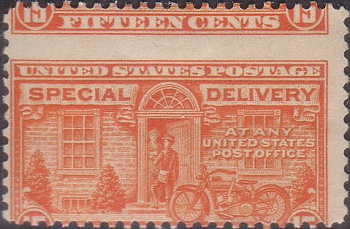 |
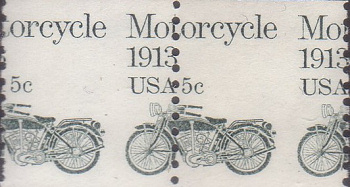 |
Examples of this last category are the stamps of the USA (above) or Iran (below).
But as I said, sometimes a perforation is missing totally or in part. Stamps where the perforation is completely absent, may be confused with non-perforated issues or color tests, although the latter often have colors that differ from the final versions. Partially missing perforation is clearly recognizable.
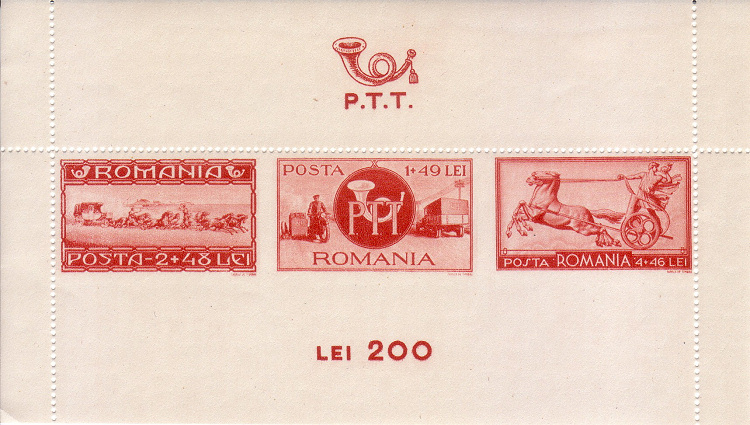
Perforation below the stamps is missing
On the Russian stamp below on the left, the perforation on the left side is missing. To make that appendices are inextricably linked to the stamp the perforation between the two is sometimes deliberately omitted. A good example is the non-issued stamp from 1942 of Italy, with the Moto Guzzi and the propaganda slogan "Victory is ours".
 |
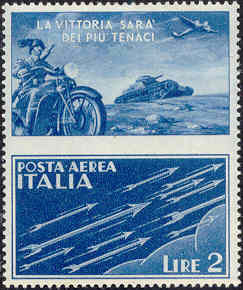 |
Stamps with completely lacking perforation (and not being a non-perforated issue) are harder to find. Toothless specimens which occur during the design and proof printing prior to the actual production of the stamps, such as design proofs on actual stamp size, color proofs, perforation proofs, test paper, etc. are part of many collections.
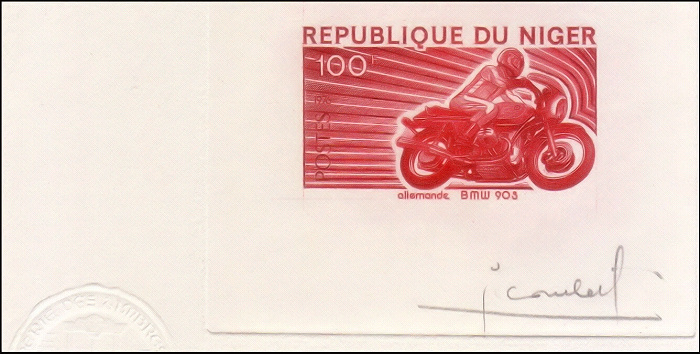
'die-proof’ with autograph of the designer and embossed imprint of the printer (lower left corner)
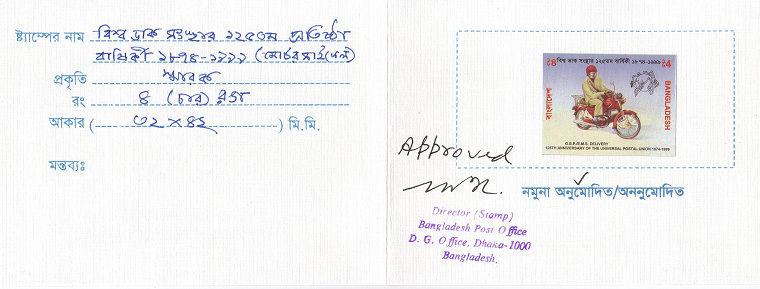
Of this approved design only around 10 species exist
Examples of color proofs:
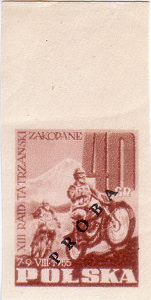 |
|
Cutting errors arise when stamps or cards, instead of being perforated, are cut to separate them. This occurs in stamps that are cut from a sheet for use in stamp booklets, but also in postal stationery cut from a sheet of eight as shown below.
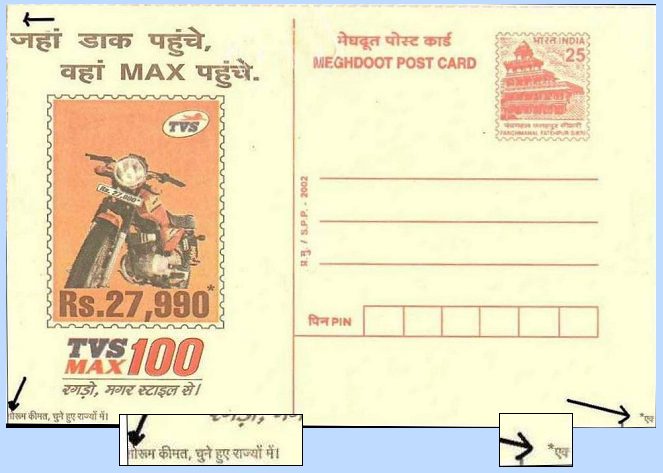

On the normal card the * is on the left
Nico Helling

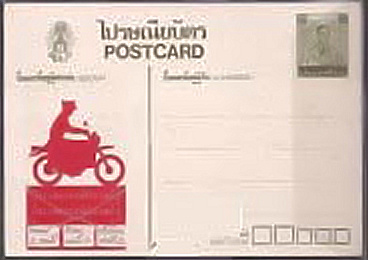
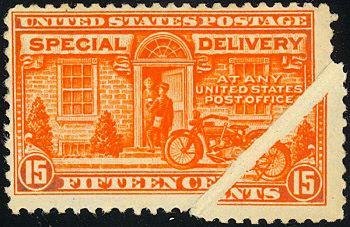
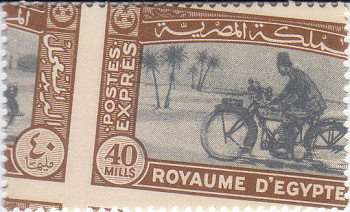
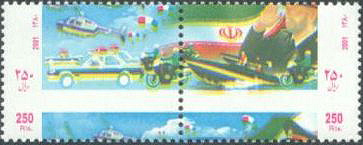
 Camerun: dieproof blue in combination
with red. Issue: multicolored
Camerun: dieproof blue in combination
with red. Issue: multicolored